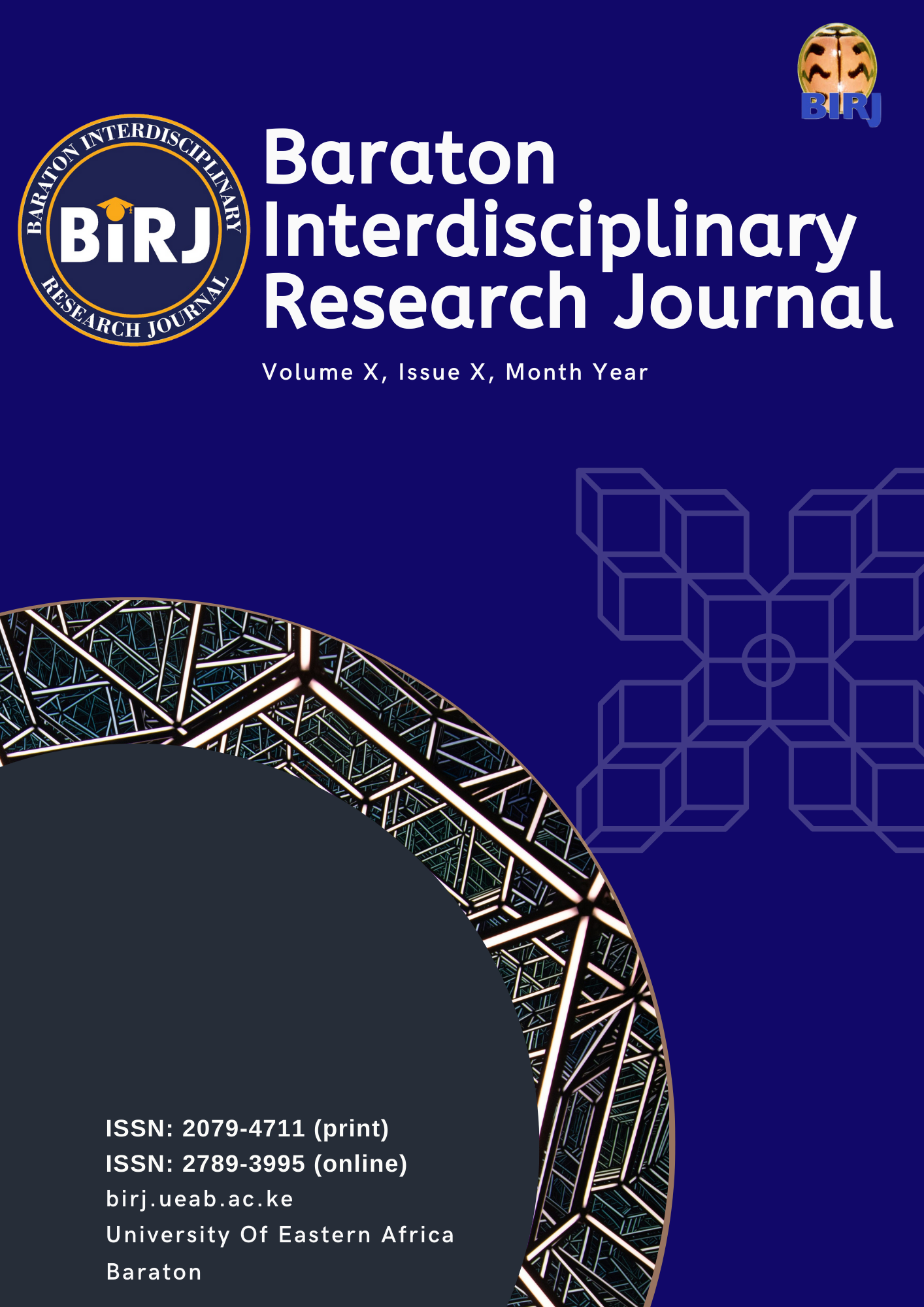AN INQUIRY INTO INDUSTRIAL ACTION AMONG NURSES IN KENYA: A MANAGEMENT PROBLEM OR A LEADERSHIP FAILURE?
Keywords:
Leadership, management, industrial action, collective bargaining agreement (CBA)Abstract
The phenomenon of “industrial action” or “medical strikes” has become a major occurrence in the current
medical practice all the world over. It has been carried out by almost all medical practitioners and by Nurses in
particular leaving a catastrophic impact to the community. The ministry of health in Kenya particularly has had
a good number of the strikes since the current government assumed power in 2013 and it is still experiencing it
currently. Most of the nurses issues of concern such as; nurses’ high workload, inadequate staffing, total lack
of/inadequate medical supplies, poor working conditions, delayed or lack of promotion, Pay issues (delayed
salaries and poor remuneration) remain unresolved leading to an endless cat and mouse game between the
governments (National and County) who are the employers and the workers (nurses). The key players involved
in Leadership (policy/decision makers) include the Council of Governors (CoG), Salaries and Remuneration
Commission (SRC), Central Organization of trade Unions (COTU), Kenya National Union of Nurses (KNUN),
and The National Assembly. The Management (Implementers) are County Public Service Boards, Treasury,
Ministry of Health, Ministry of EAC, Labor and Social Protection. Until these two groups come to an
agreement, ordinary citizens will continue to suffer from preventable and manageable illnesses and the progress
achieved in health so far will be eroded. Consequently, the stalemate we are experiencing in Kenya between the
nurses’ employers and the nurses is a sign of lack of both leadership and management skills in the health sector
and the stakeholders involved.
Downloads
Published
License
License Terms
All articles published in the Baraton Interdisciplinary Research Journal (BIRJ) are licensed under a Creative Commons Attribution-NonCommercial-ShareAlike 4.0 International License (CC BY-NC-SA 4.0).
This license permits users to share (copy and redistribute) and adapt (remix, transform, build upon) the material for non-commercial purposes, provided that proper attribution is given to the original authors, a link to the license is included, and any derivative works are distributed under the same license.
Full license details: https://creativecommons.org/licenses/by-nc-sa/4.0/

